Read my story on #robots: https://www.vice.com/en_us/article/i-talked-to-four-humanoid…doornails1


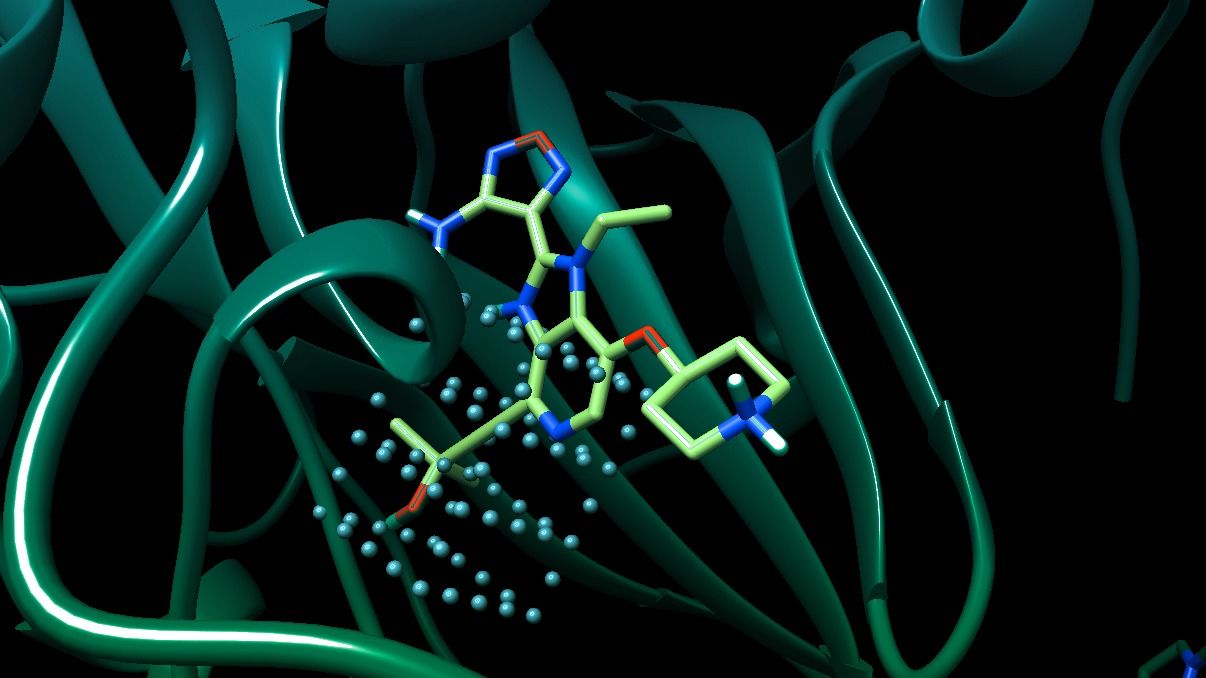
Artificial intelligence algorithms are being taught to generate art, human voices, and even fiction stories all on their own—why not give them a shot at building new ways to treat disease?
Atomwise, a San Francisco-based startup and Y Combinator alum, has built a system it calls AtomNet (pdf), which attempts to generate potential drugs for diseases like Ebola and multiple sclerosis. The company has invited academic and non-profit researchers from around the country to detail which diseases they’re trying to generate treatments for, so AtomNet can take a shot. The academic labs will receive 72 different drugs that the neural network has found to have the highest probability of interacting with the disease, based on the molecular data it’s seen.
Atomwise’s system only generates potential drugs—the compounds created by the neural network aren’t guaranteed to be safe, and need to go through the same drug trials and safety checks as anything else on the market. The company believes that the speed at which it can generate trial-ready drugs based on previous safe molecular interactions is what sets it apart.

The UK’s first 24 hours without using coal as part of its energy mix has been hailed “a watershed” moment.
For the first time since the industrial revolution, the country fulfilled all of its energy needs without using coal for a full day. It is bound to happen more frequently, the National Grid said.
Around half of energy came from natural gas and about a quarter came from nuclear plants, according to Grid Watch. Wind, biomass and imported energy made up the difference.

I remember posting that video in here a few months ago. Some lab in California was testing their AI’s to drive cars in the game. I wish they’d let them goof around in Multiplayer it would be interesting to mess with one. How would it re act if it got attacked, if a random person hopped in a car and started playing with the radio or other weird stuff.
 By Tina Amini 2017/04/21 17:23:46 UTC
By Tina Amini 2017/04/21 17:23:46 UTC
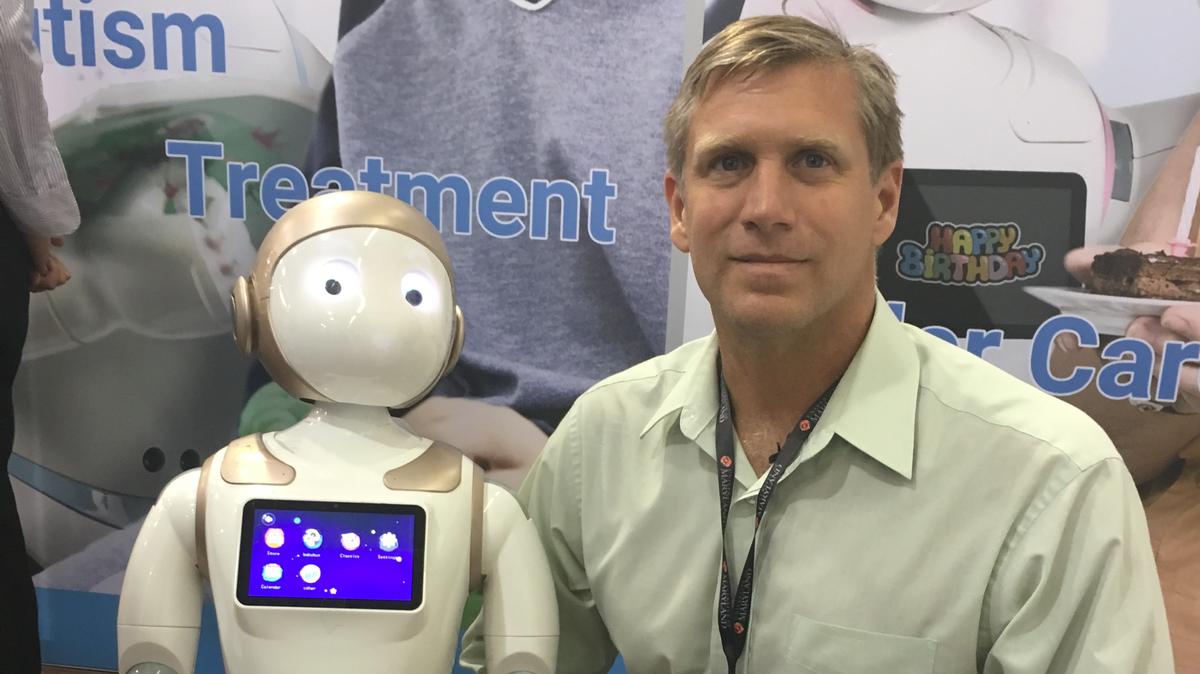
My new Vice Motherboard article on interviewing four humanoid robots: https://motherboard.vice.com/en_us/article/i-talked-to-four-humanoid-robots #transhumanism
“Human relationships can be hard to define.”
Over the last 18 months, I’ve found myself in the strange habit of hanging out and interviewing English-speaking humanoid robots. I was able to chat with four machines, each which possessed some level of artificial intelligence. Even though none of them could fully carry on normal conversations, they all had something to say. And sometimes, what they say and how they say it, is a piercing glimpse into the future of humanity.
Three of the robots I talked to were mass-production models: Pepper, Meccanoid, and iPal. The fourth was Han, which was presented by AI expert Dr. Ben Goertzel, chief scientist at Hanson Robotics. The various price tags of these bots range from $200 on Amazon, to potentially many millions of dollars for something like Han. The production robots are all between three to four feet tall and are mobile. Han is just an upper body, the torso of which rests against whatever he’s placed upon.
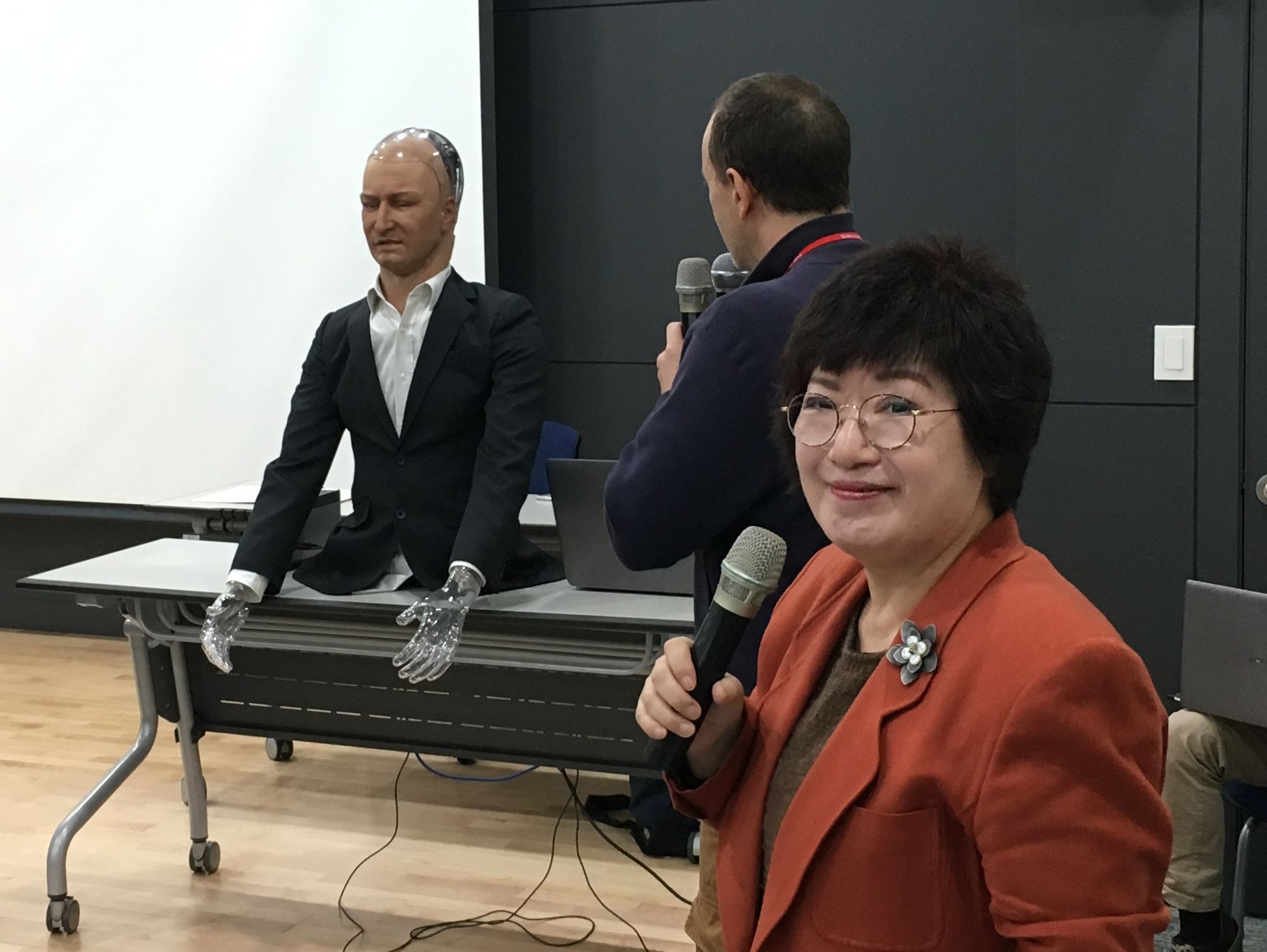
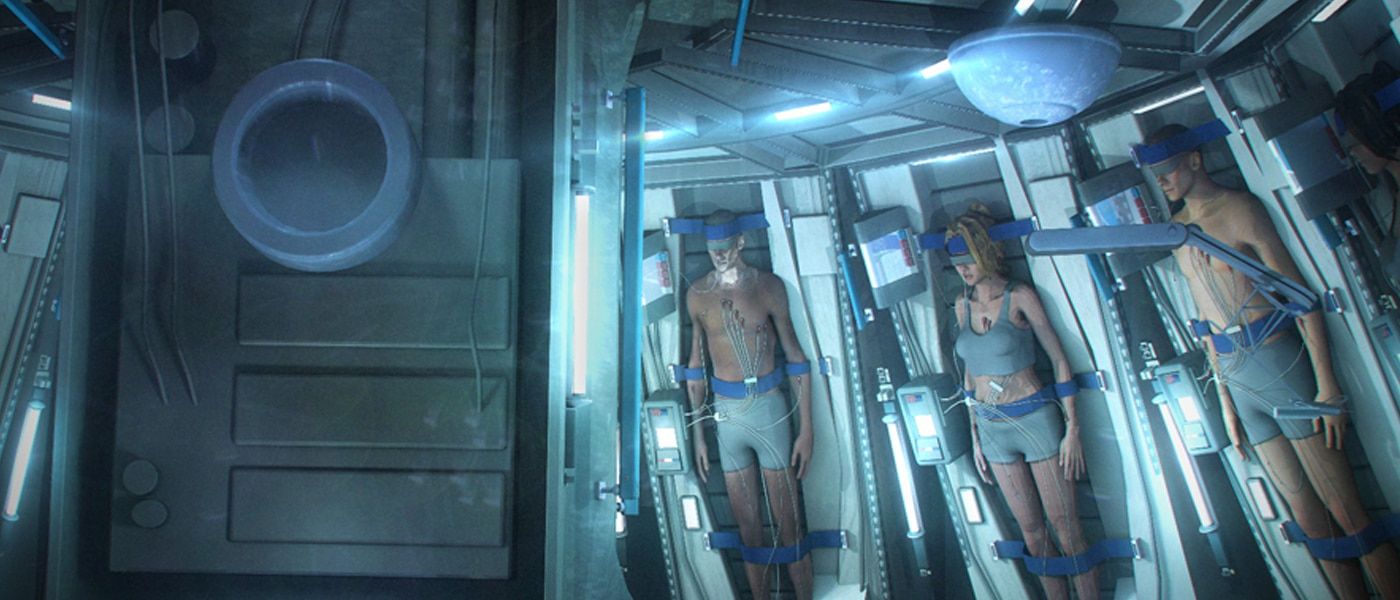
We all know that real space travel and space colonization will not be achieved without the hard work, passion, and courage of people willingly taking risks for the greater good of humanity.
However, we can put all our hearts into deep space missions but won’t succeed unless we also provide the technological innovations needed. Let’s say, that thermal radiation isn’t our biggest enemy in space (literally roasting and melting our astronauts), speed and time are still affecting us the most. Mars, which is only a mere six months of travel time away from Earth, is certainly manageable, but getting to the outer parts of our own solar system already took some 10 years to accomplish.
So, it’s obvious why sci-fi avoids any further questioning by putting space explorers in sleep mode. In reality, shutting down humans is hard to do, whereas keeping a body alive in suspension mode is tricky, to say the least.
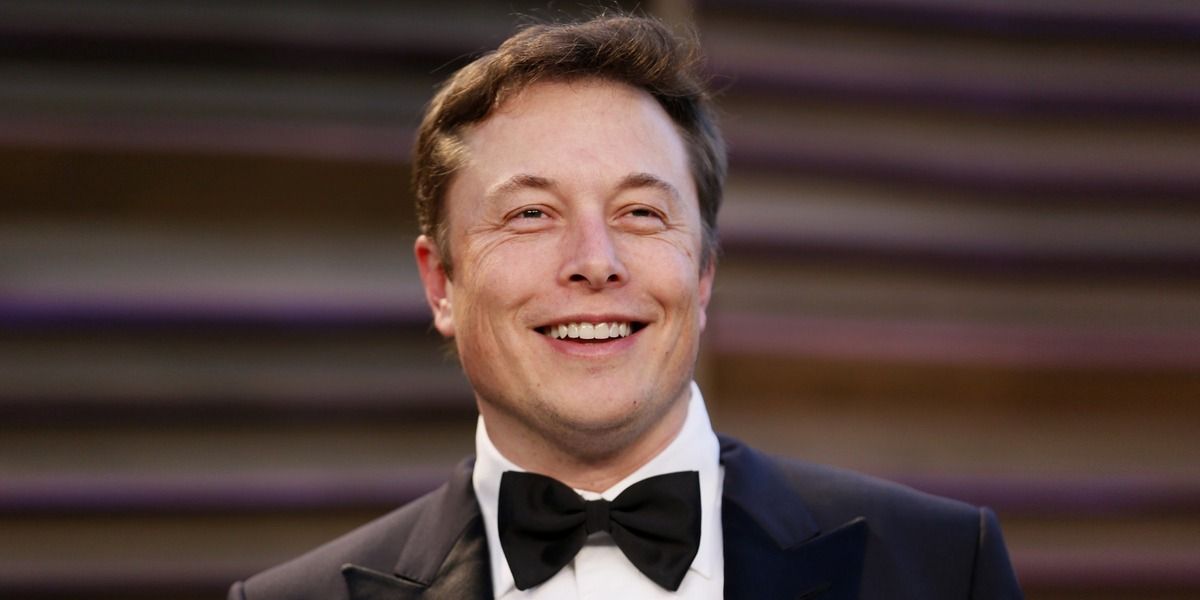
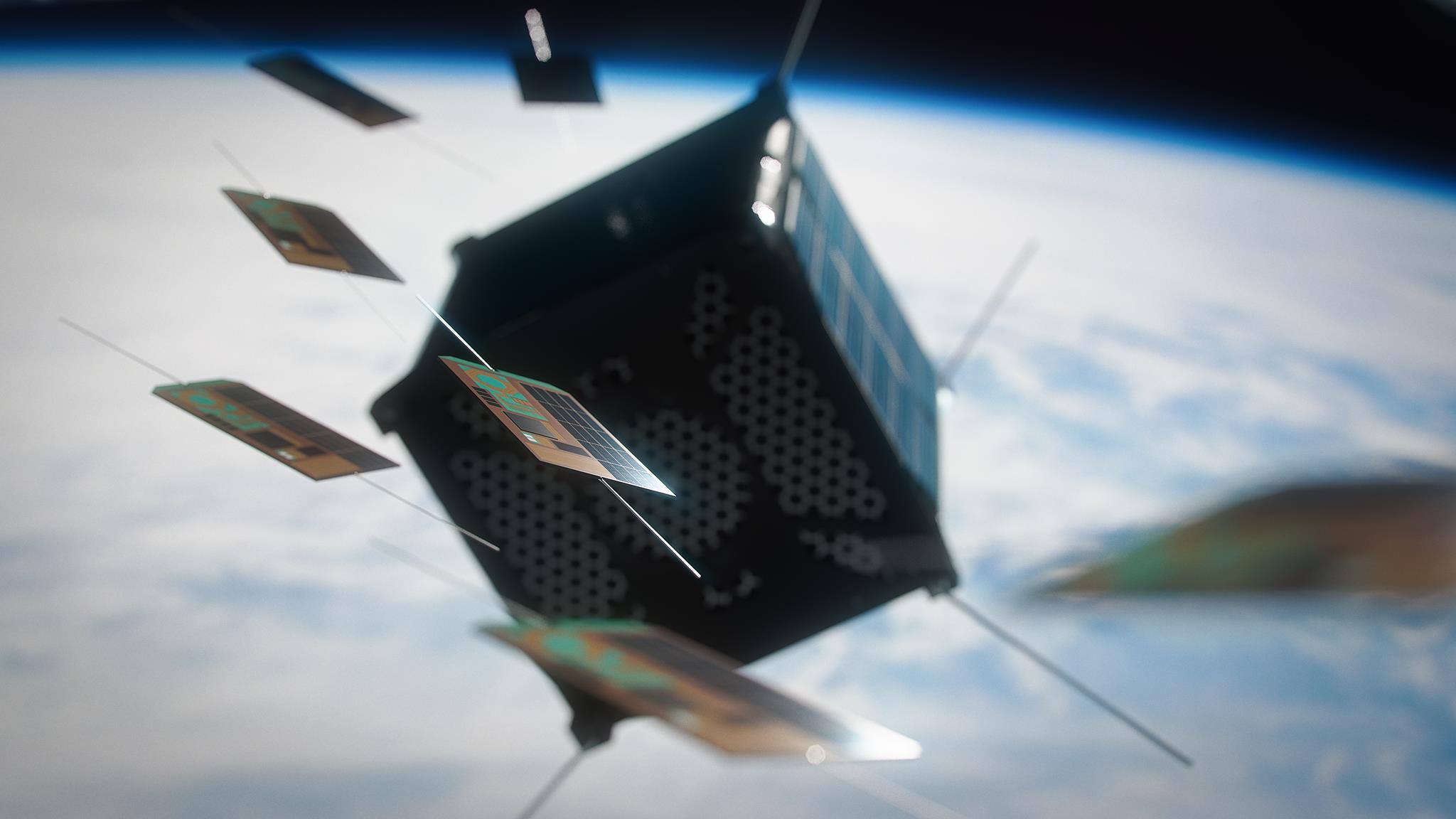
Conceptual artist Efflam Mercier, who has previously created images of an AI interstellar probe has now created images of ChipSats, a new class of space system that has the size of a fingernail and a mass of less than 10g (atto-sat class). i4is has started developing a ChipSat in the context of Project Glowworm.

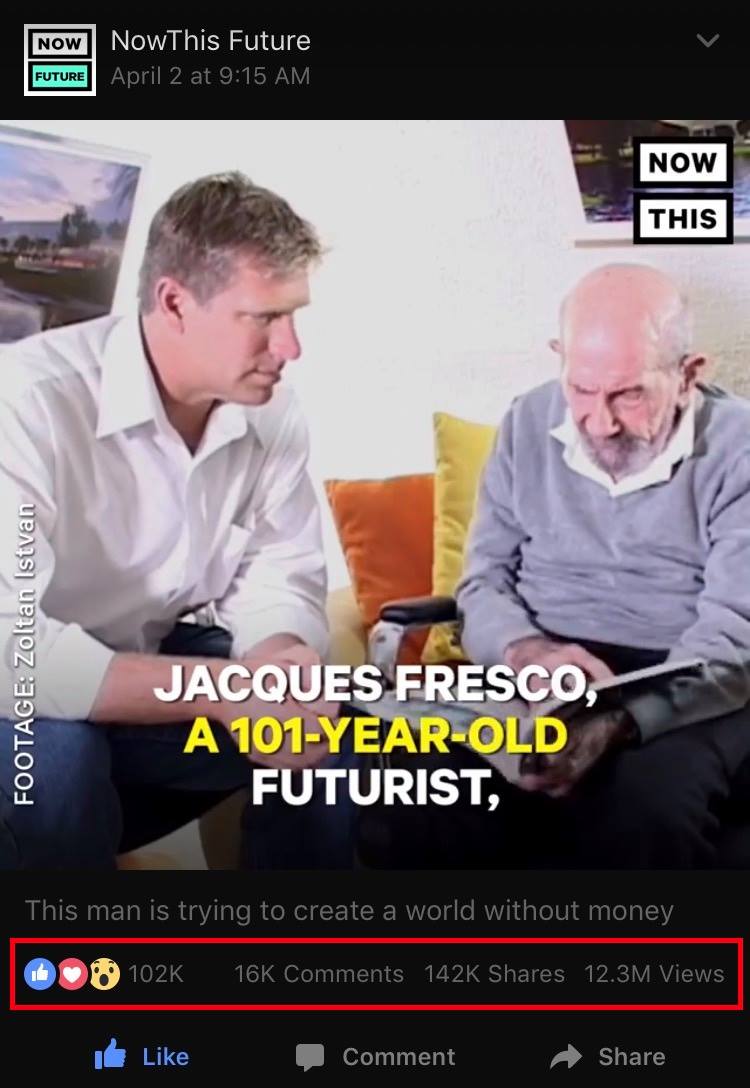
Wow! For context, that’s nearly 4x times the amount of daily views that Bill O’Reilly used to get on his #1 cable show on Fox before he was fired. ![]() smile Give the video a view: https://www.facebook.com/NowThisFuture/videos/1500983249942850/ #transhumanism
smile Give the video a view: https://www.facebook.com/NowThisFuture/videos/1500983249942850/ #transhumanism